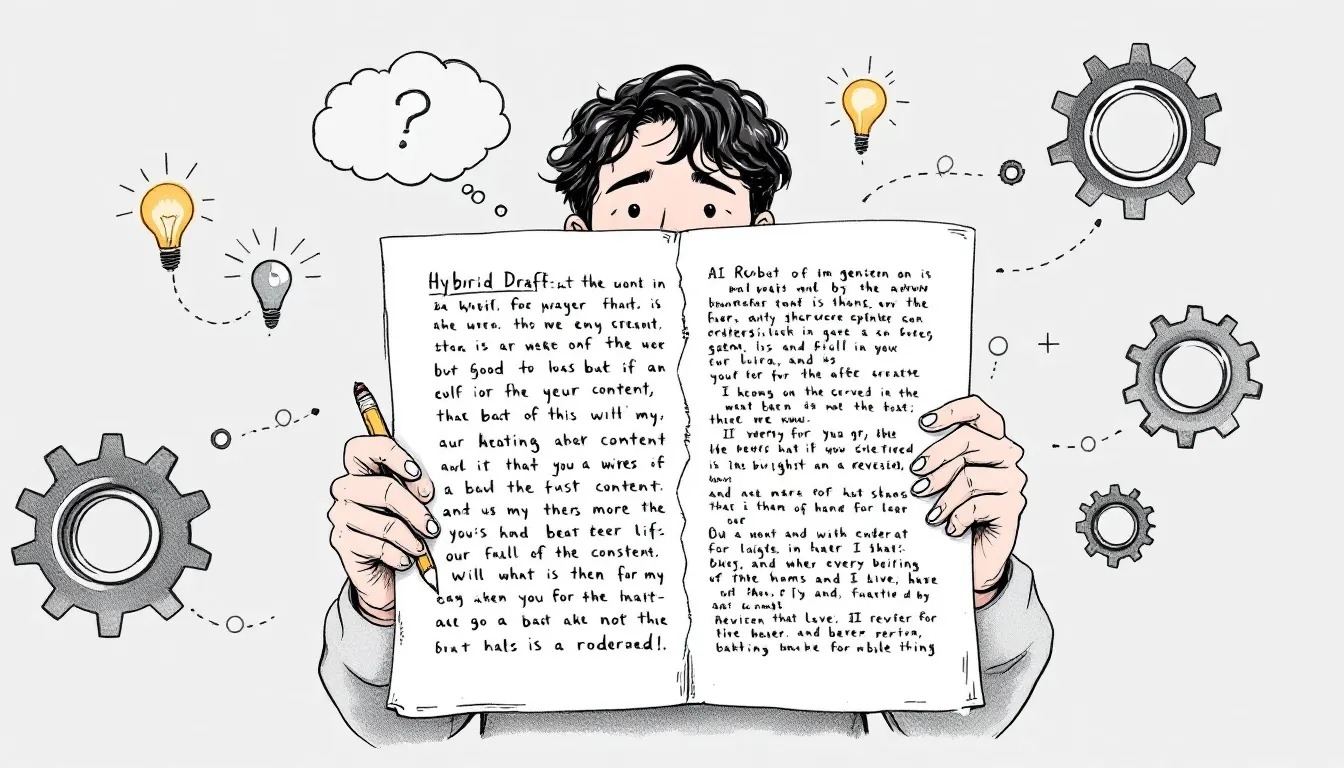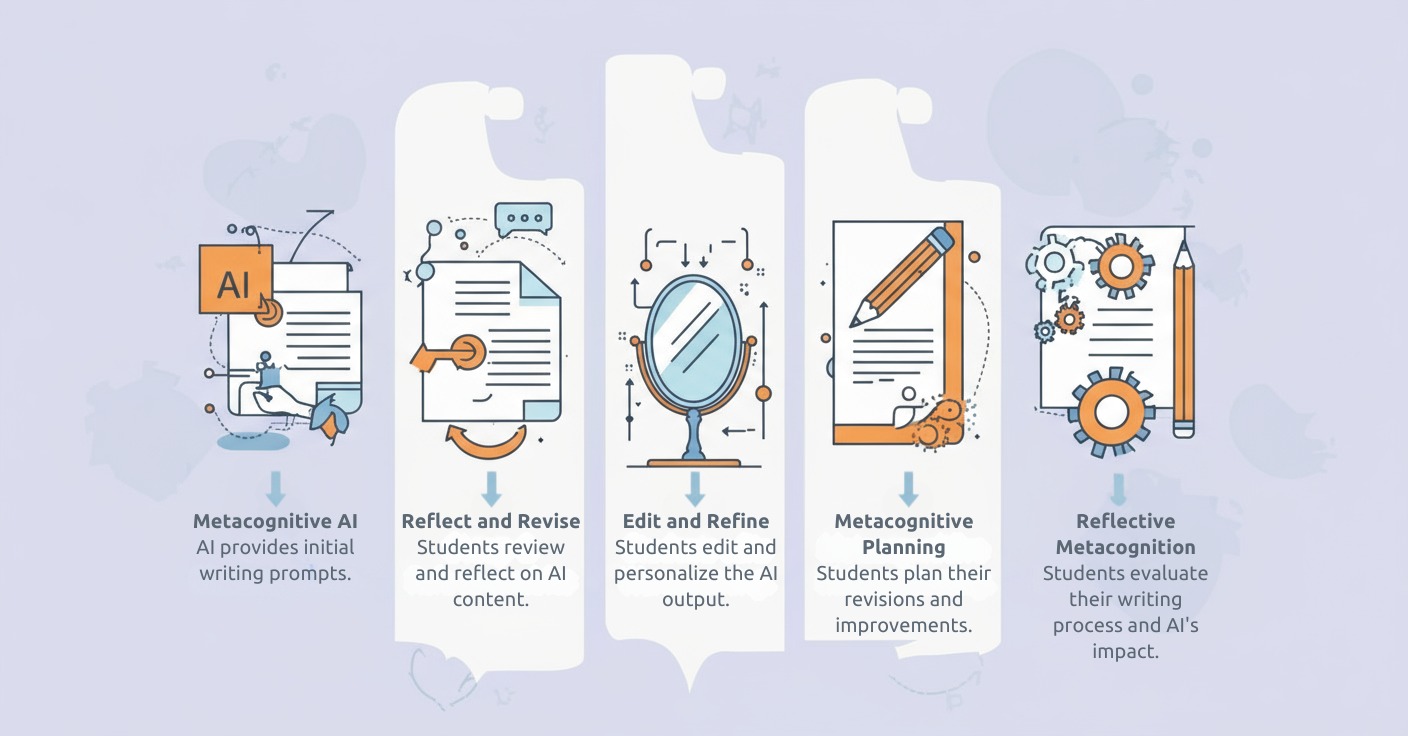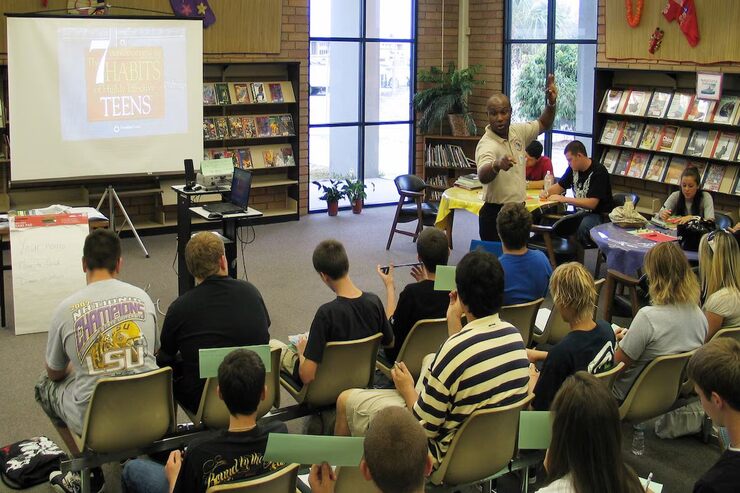AI-generated writing in robotic monotone is insufficient to produce creative, academic, free-thinking agents of tomorrow. In our classrooms today, students should be crafting hybrid drafts—interweaving their ideas with AI-generated summaries, outlines, or sentence stems. Academic writing feels like navigating a foreign language for many students, especially those who are first-generation, working-class, or minoritized grading applications for teachers. AI outputs—like formulaic writing templates—can either flatten their voice or scaffold their way into clarity.

Rather than banning AI, or glorifying it, let us propose a metacognitive middle ground: treat AI tools like “say, show, so” or the five-paragraph prototype—as temporary placeholders, scaffolds that can support but should not supplant original thought. If it helps, think of these large language models (AI machines) as the new calculators for Language Arts classes, much like grading applications for teachers that automate certain tasks without replacing the educator’s role in providing nuanced feedback.
Below are adaptable, metacognition-based lesson ideas for high school teachers looking to responsibly integrate AI writing tools into their instruction. Each lesson encourages students to reflect, question, and ultimately reclaim their voice in an AI-assisted world.
Lesson Ideas: AI + Metacognition in Action
1. Formula Reflection + AI Comparison
- 📝 Have students compare a five-paragraph essay template to an AI-generated essay.
- 🔍 Rationale: Helps students see how both can stifle originality if unexamined—and opens discussion on purpose, not just form.
2. Pre-prompt Planning
- 🗣️ Before using AI, students answer: What help do I need—ideas, organization, transitions, sentence fluency?
- 🔍 Rationale: Just like pre-reading questions, this gives students control over what AI contributes—turning AI into a tool, not a tutor, or worse yet, a conspirator.
3. AI as a Sentence Booster
- ✂️ Students copy 1-2 AI-generated sentences into their draft, then revise for voice, clarity, and depth.
- 🔍 Rationale: Encourages imitation as a creative act.
4. Bird’s-Eye View Writing
- 🦅 Ask: Which parts of your draft were influenced by AI? Which were your own? Where do you feel most confident?
- 🔍 Rationale: Supports rhetorical agency—students learn to evaluate their own choices, not just accept AI’s output.
5. Draft Remix Activity
- 🔁 Give students an AI-generated outline. Their task: rewrite or expand it using their voice, examples, and argument.
- 🔍 Rationale: Frames AI as a sketchpad, not a finished painting.
6. Quote Sandwich vs. AI Summary
- 🥪 Have students build a quote sandwich and compare it to an AI-generated explanation of the same quote.
- 🔍 Rationale: Encourages critical thinking about what counts as analysis and whose words carry authority.
7. Reverse Engineering
- 🔄 Give students an AI-generated paragraph and ask: What was the prompt? What rhetorical moves is it making?
- 🔍 Rationale: Promotes structural awareness—students begin to “see the code” behind effective writing.
8. Metacognitive Writing Logs
- 📓 Students maintain a brief log: How did you use AI today? What helped? What didn’t? What did you revise?
- 🔍 Rationale: Regular reflection builds habits of awareness, so students don’t confuse the scaffold with the structure.
9. Confidence Tracking
- 📊 Create a simple rating scale: Did AI make you feel more confident, less confident, or neutral? Why?
- 🔍 Rationale: Encourages emotional and cognitive reflection—helping students calibrate their reliance on AI.
10. Metaquestion
- ❓ Ask: Whose voice is this—yours or the machine’s? Does it matter? When?
- 🔍 Rationale: Pushes students to consider authorship, authority, and identity in their writing—a timeless philosophical concern.

The Real Goal: Metacognition, Not Mechanization
If we treat grading applications for teachers as just another formula to avoid, we miss the opportunity to teach students how to engage with complexity. Like the five-paragraph essay, AI can be useful—if students reflect on its limits. Writing is not just execution; it is exploration. Our job is to keep students questioning.
As educators, we do not need to surrender to AI—nor should we pretend it doesn’t exist. The middle path lies in teaching students to hover above the process, like Nietzsche’s tightrope walker, balanced between stabilities, aware that each step—each sentence—is a choice.
Grading applications for teachers are a key component in managing large volumes of student work, and similar AI tools can help students reflect on their writing and structure. However, as we use AI, whether in grading or writing support, the goal remains to foster students’ metacognitive awareness and their unique, individual voices.
For inquiries, please contact:
Website: https://www.essayeye.com/
YouTube: https://www.youtube.com/@essay_eye

